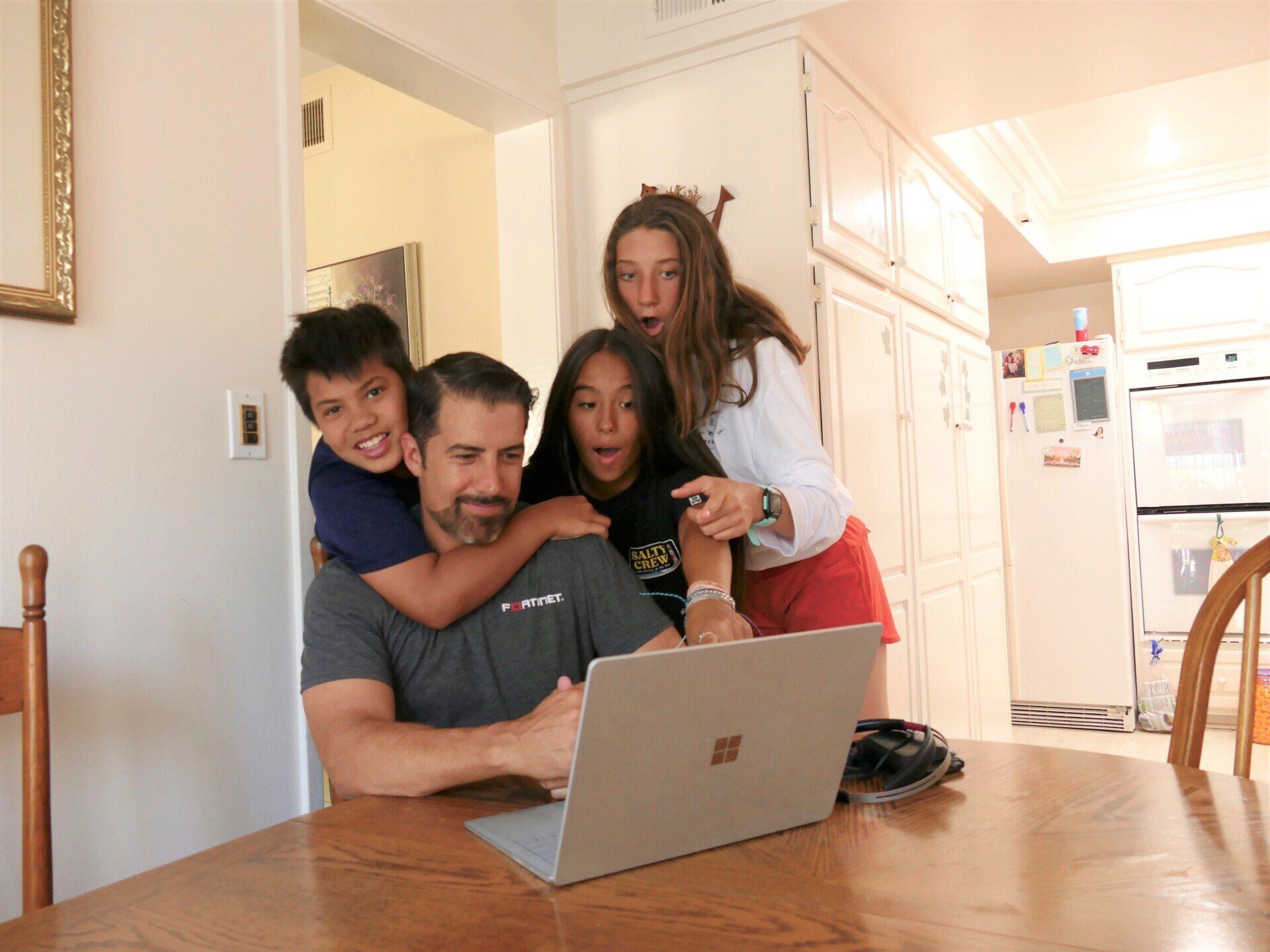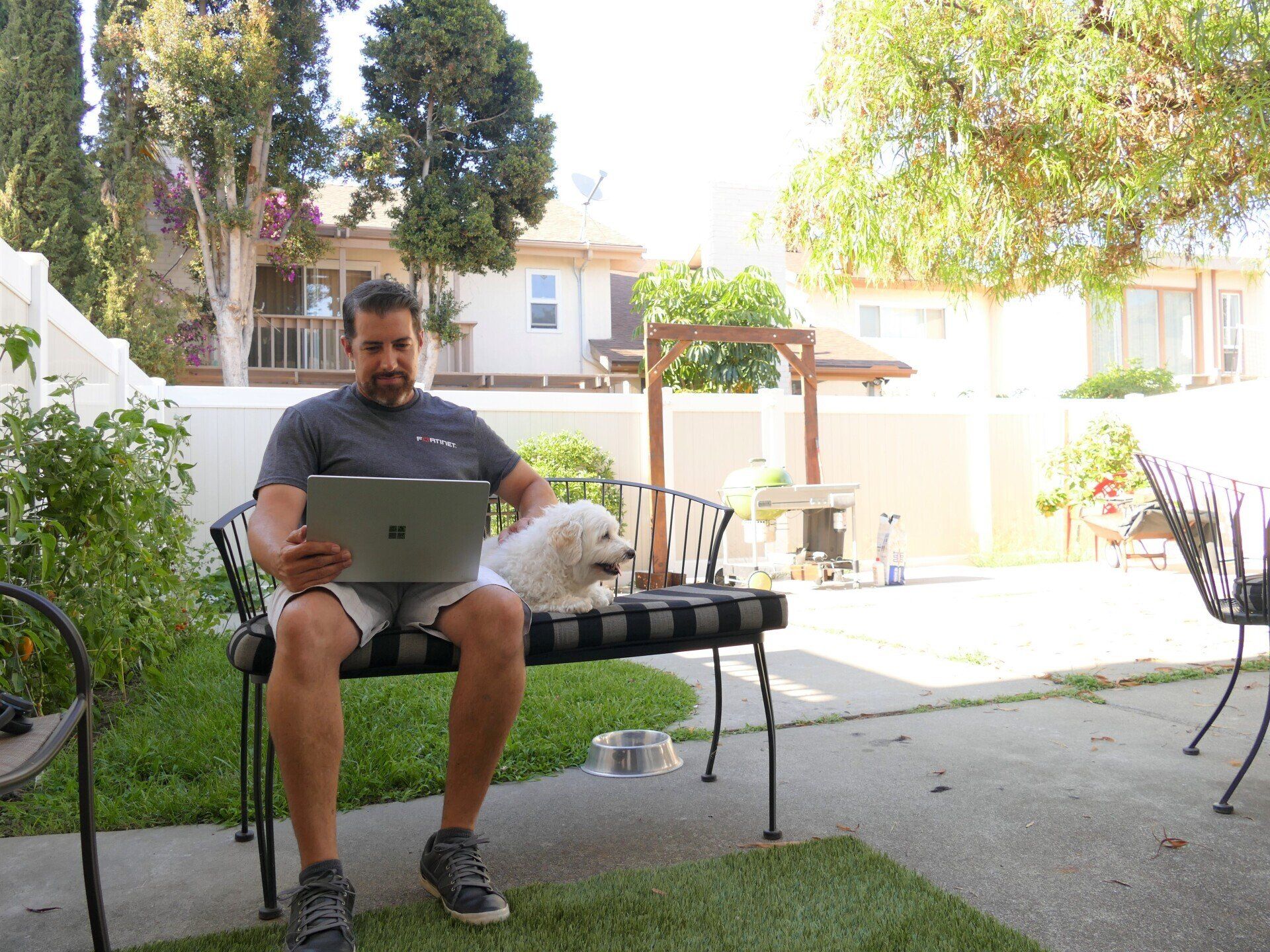Working from home did not slow this man down. Our 2020 Quarter 3- Employee of the Quarter goes to our Client Upgrade Advisor, Chris Maher! Here's how he strongly represented Akins core values this quarter:
AUTHENTIC
Chris is a great, fun guy to work with and his family is always his top priority.
RIGHT
Chris always does what's right for our Clients, Akins IT, and fellow employees. He is a big mentor on our team, proactively lending a helping hand to everyone he works with. Anyone at Akins knows that when reaching out to Chris, he will be more than happy to make time to help you reach the best possible answer. We couldn't ask for a better teammate!
GRIT
When there's a will there's a way, Chris figures out a way to get it done for his Clients. He crushed his sales goals last quarter and carried the team on his back.
GROW
Chris' technical knowledge and understanding on Microsoft solutions has grown tremendously. He has educated himself on multiple solutions (that you'd expect an engineer to know!) making himself that much more valuable to our Clients and company.
To show our appreciation for his hard work, he has received a $500 Visa gift card and Employee of the Quarter celebration. Congratulations Chris! Continuing reading below to find out how Chris had to adjust to working remote in order to crush his goals!
It took me a while to embrace working from home. For the first couple of months of quarantine, I still went in to the office every day and worked there solo. I think it's old fashioned wiring to just show up at the office every day. I also had a full house going on with a family of six which made decent internet bandwidth hard to come by.
Eventually the isolation got to me and I tried WFH. The first couple of weeks were tough - my teenage kids loved to do tiktok dances behind my monitor when I was on TEAMS calls. I would go on mute, cover my mouth like an MLB pitcher and yell for everyone to be quiet! Fortunately, the novelty of me being home quickly wore off with the fam and I was able to settle in and enjoy the new routine.
The biggest advantage of this new arrangement is squeezing more time out of the day. The biggest disadvantage is I'm in the fridge all day since my favorite spot to post up is in the kitchen. My dog, Yogi, loves WFH since breaktime means a quick walk around the block or hanging with him in the backyard.







